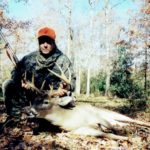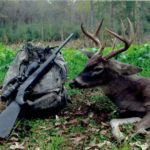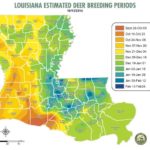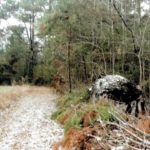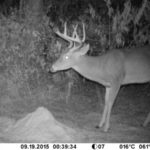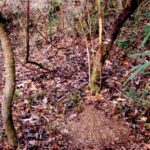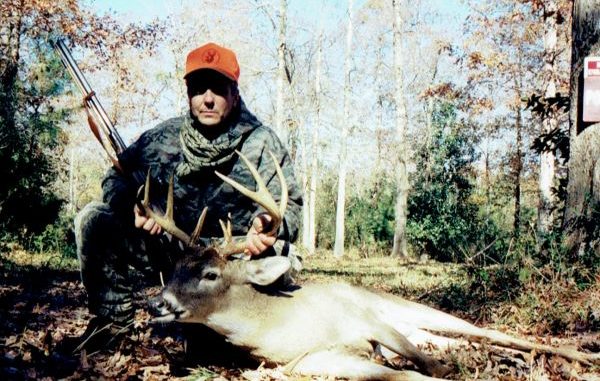
Most of us have jobs, so we have to plan out our hunting days carefully. And the rut is when everything comes together for some great hunting. Here are some thoughts about ensuring you don’t waste a single day on the stand.
The key to filling a buck tag is no secret — hunt the rut, the time when the bucks are chasing the does.
Back in August the South Louisiana Branch of the Quality Deer Management Association hosted its annual Summer Seminar, during which the University of Georgia’s Taylor Simoneaux presented data from a research project being conducted on Tensas River National Wildlife Refuge.
That study is a joint effort between the university and the Louisiana Department of Wildlife and Fisheries, and it is looking into fawn mortality in Louisiana as well as the movement of adult bucks in Northeast Louisiana.
Taylor’s talk concerned the adult buck movement study, and his take-home message was simple: Adult bucks act as individuals and can be, for whatever reason, quite independent and will often go on long excursions from their home range.
That often makes it difficult for a hunter to pattern the buck.
But the second point Taylor made was simply this: The best time to connect with an adult buck is during the rut.
So hunt the rut.
In this day and age, most Louisiana hunters should know when the rut occurs on the land that they hunt.
The LDWF website includes a map showing peak breeding periods for the state’s deer.
Most of the deer herds in the northwest, central and southwest parishes of the state have early breeding deer. The parishes bordering the Mississippi River drainage, the Atchafalaya Basin, the Florida Parishes and Southeast Louisiana largely have deer with the late-breeding genetics.
The problem comes from parishes that have both late breeding and early breeding deer.
In Northwest Louisiana, for example, there is a region within Area 2 that has deer with the late-breeding genetics, so instead of an October/November rut, the rut is December/January.
Much of Bienville Parish, including the Jackson-Bienville Wildlife Management Area, has a rut that peaks in December rather than early November.
Likewise, the southeast portion of East Feliciana Parish was stocked with deer from Area 2 (Red Dirt Preserve) while the rest of the parish was stocked with deer from the mouth of the Mississippi River.
That means the deer I hunt in East Feliciana Parish have the early breeding genetics, but we are in Area 4 where the season is structured for a December/January rut.
So if I do not hunt in October or early November, I miss the rut — and once breeding is over, deer activity falls to zero.
With the Area 4 season structure, we in this part of East Feliciana Parish are lucky if we get to hunt the rut during the first primitive season; otherwise our best chance is with the bow or crossbow.
Deer hunting in late December and January in Area 2 is pretty much the pits, and most Area 2 hunters are aware of this. So they focus their hunting during the days in November, when the rut is in full swing.
Likewise serious hunters in Areas 1 and 6 wait until late December and January to go hunting because the rut is going strong during this time.
In late October and early November, the Area 2 rut should be well under way, and some of you might already have tagged an adult buck.
The first peak of Area 2 breeding, based upon the Louisiana Sportsman Rut Report, was Oct. 27- Nov. 10.
Hunters in Areas 3, 7, 8 and 10 have already experienced their first round of breeding activity back in mid- to late October.
